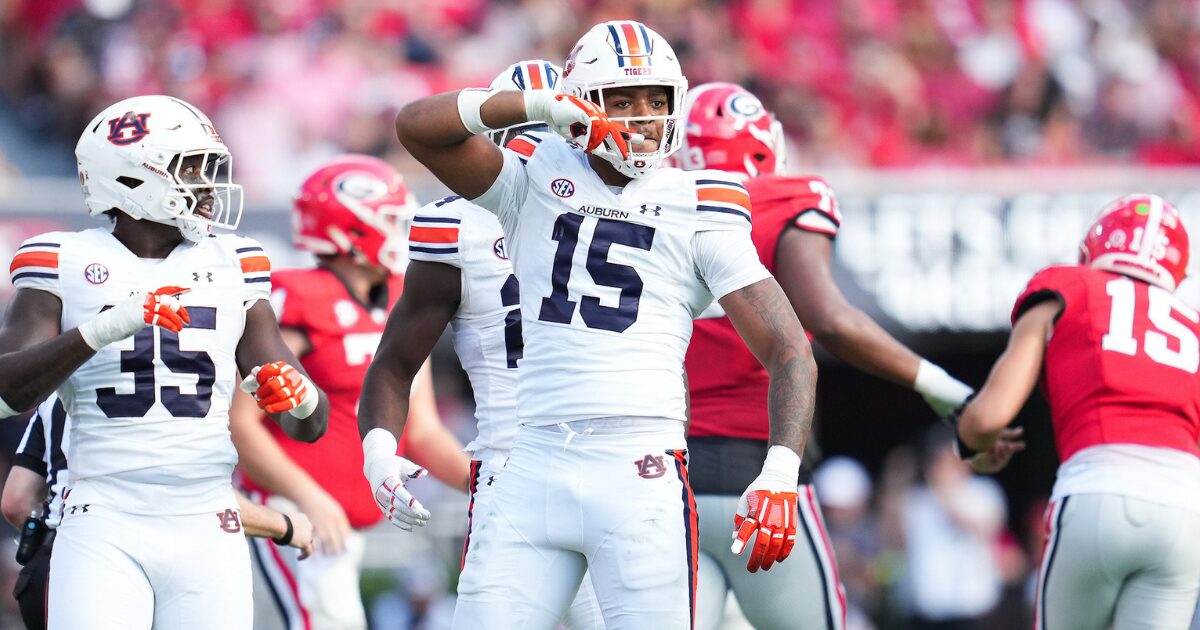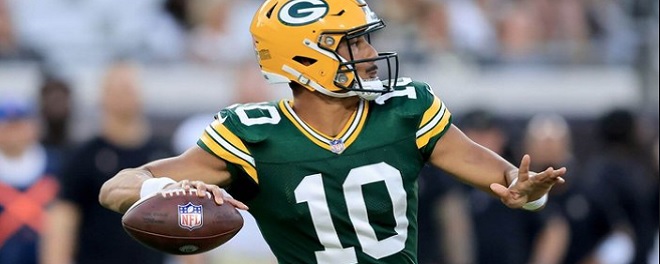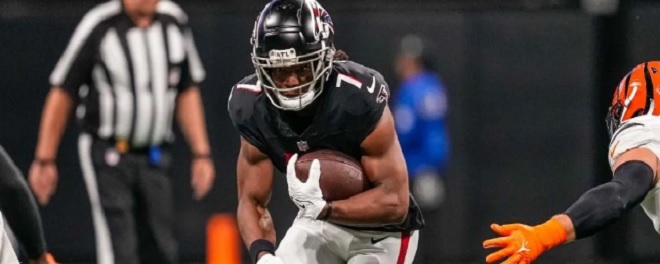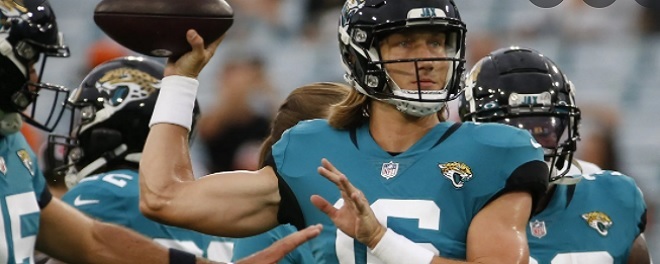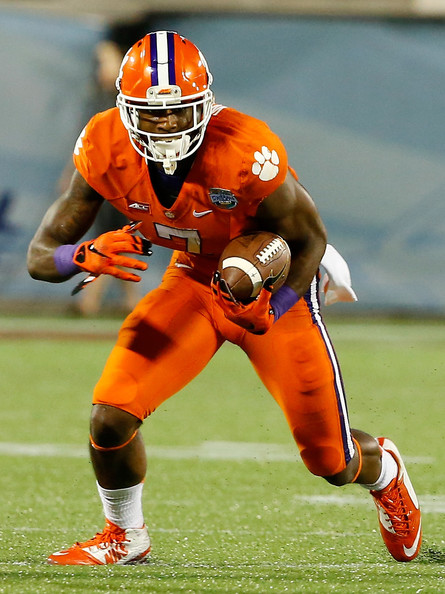 |
By Charlie Campbell
Weaknesses:
Summary: Clemson has been a factory for NFL wide receiver talent in recent years. Players like DeAndre Hopkins and Sammy Watkins were first-round picks, and other Tigers wideouts have gone in the mid-rounds. After a resilient career at Clemson, Williams is poised to give the program another first-round wide receiver – this time in the 2017 NFL Draft.
As freshman, Williams contributed 20 catches for 316 yards and three scores playing across from Sammy Watkins. Williams took over as the No. 1 receiver in 2014 with Watkins in the NFL and caught 57 passes for 1,030 yards and six touchdowns. He flashed real ability, which led to big expectations for his junior season. In the 2015 season opener, however, Williams fractured his neck when he ran into the goalpost while catching a touchdown. That ended his season, but Williams was adamant about coming back as soon as possible.
Williams displayed no ill effects from the injury in 2016 as he dominated the competition in many games. He totaled 98 receptions for 1,361 yards and 11 touchdowns during his impressive return to college football. Williams was Deshaun Watson’s No. 1 receiver, and Williams could have had an even bigger season. Watson had issues with accuracy, ball placement, and interceptions in 2016, especially in the first two-thirds of the season. Williams was open for some big plays that Watson overthrew, but the tandem really clicked late in the season to push Clemson to a National Championship.
For the NFL, Williams is at least a dependable possession receiver. He routinely used his size, leaping ability, body control and strength to make catches over defensive backs on 50-50 passes. Williams dominated defensive backs on those jump balls, which made him very dangerous in the red zone. Williams routinely made difficult and acrobatic receptions as well. Even when defenses had him covered, he made big plays for his quarterback when he just threw the ball up for him. Williams has tremendous body control to leap, box defenders out, hang in the air, and contort his body to make the reception. He could provide a lot of big plays for his NFL quarterback when nothing is open, and that is a serious asset for a pro offense.
Williams would be an excellent fit in a west coast offense. His size and run-after-the-catch skills make him dangerous on slants, crosses, and digs in the short to intermediate part of the field. Those are the staple routes of that system, and he already runs them well.
There are a few things that Williams is going to have to improve for the next level. The first is dropped passes. He had far too many in 2016. Williams was better late in the year, but he needs to improve his hands as a pro. He also needs to improve his route-running for the next level.
Williams will struggle to separate from some NFL cornerbacks, as many will be able to run with him. He won’t challenge NFL corners with speed as a deep burner. It also will be harder to complete 50-50 passes against them because they’re bigger and much better than the corners Williams typically faced in the ACC. Williams has enough speed to get downfield, but he won’t fly by defensive backs like a speed receiver. He still is a weapon going downfield though, because while corners are running with him, he is so good at making catches over them. Because Williams isn’t a speed receiver as well, he is not in the mold of a Julio Jones or A.J. Green. If Williams was fast like them, he would be a top-10 pick.
As a pro, Williams projects to be a Mike Evans-type weapon for his an offense. He could be a No. 1 or No. 2 receiver depending on the system and quarterback he goes to. Williams should be able to play quickly, and his size and leaping ability should provide plenty of mismatches. In the 2017 NFL Draft, Williams looks like a safe bet to be a top-25 pick.
Player Comparison: Mike Evans. Team sources have compared Williams to Evans. As they both have an excellent ability to make catches over defenders. While defenders know passes are coming, they can’t stop them because the receiver’s size and leaping ability is so imposing. Williams and Evans also both have issues with dropped passes and creating separation. Williams is a little smaller than Evans, but he should be similar type of receiver to Evans in the NFL.
NFL Matches: Buffalo, Arizona, Philadelphia, Baltimore, Tennessee, Tampa Bay
There could be a lot of teams in the market for an upgrade at wide receiver, and Williams should go in the top 20 in the 2017 NFL Draft.
Buffalo needs a wide receiver to pair with Sammy Watkins. The Bills badly need a play-maker to help their passing offense when Watkins is out of the lineup and exploit teams sending double coverage his direction. A big receiver like Williams could be a good complement. He could easily be the Bills’ pick at No. 10.
Arizona could use an understudy to Larry Fitzgerald after moving on from Michael Floyd. Williams could be a fit, but dropped passes were a problem for the Cardinals in 2016, and that might push them to targeting receiver help later on.
The Eagles have to get more weapons for Carson Wentz. They need a true No. 1 receiver for Wentz in the long run as Alshon Jeffery only signed a 1-year contract. The Eagles could view Williams that way, but it sounds like they are unlikely to take a receiver in the first round. The Ravens could consider Williams as their long-term replacement for Steve Smith.
Tennessee needs to find more receiving weapons for Marcus Mariota. Williams would make sense for the Titans’ second first-round pick. Going with Williams at the fifth-overall pick could be too rich for Tennessee.
The Buccaneers need a receiver to pair with Mike Evans. Getting another wideout similar to Evans make for a tough challenge for opposing defenses.
RELATED LINKS:
2017 NFL Mock Draft: Charlie’s | Walt’s
2017 NFL Draft Prospect Rankings
2017 NFL Draft Scouting Reports
NFL Power Rankings - Dec. 23
NFL Picks - Dec. 22
2026 NFL Mock Draft - Dec. 17
Fantasy Football Rankings - Sept. 1

